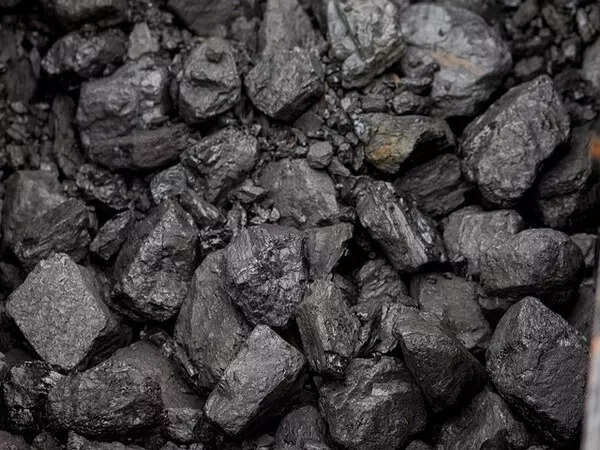
New Delhi: In a bid to meet the anticipated electricity demand by 2031-32, the Central Electricity Authority (CEA) has completed generation planning studies, stating that India needs to bolster its coal and lignite based installed capacity from the current 217.5 GW to 283 GW by 2032. In a written reply in the Rajya Sabha, the minister of state for power Shripad Naik said that to achieve this, the government proposes to set up an additional minimum of 80 GW of coal-based capacity by the end of 2031-32.
The expansion is expected to come with a hefty price tag, with the estimated capital cost for setting up new coal-based thermal capacity pegged at INR 8.34 crore per megawatt, adjusted to the 2021-22 price level. This puts the total expected expenditure for the thermal capacity addition at a minimum of INR 6,67,200 crore by 2031-32.
In parallel with the expansion of coal power, the government is also aggressively pursuing an increase in non-fossil fuel based power generation capacity, aligning with its Intended Nationally Determined Contributions (INDCs). The country has committed to achieving about 50% of its cumulative electric power installed capacity from non-fossil fuel-based energy resources by 2030, with current figures already at 45.5%.
Among the measures taken to promote renewable energy generation across the country, significant initiatives include allowing 100% Foreign Direct Investment (FDI) under the automatic route and waiving Inter State Transmission System (ISTS) charges for the inter-state sale of solar and wind power for projects commissioned by June 30, 2025. The government has also declared a trajectory for Renewable Purchase Obligation (RPO) up to the year 2029-30 and has set up Ultra Mega Renewable Energy Parks to provide land and transmission connectivity for large-scale renewable projects.
In addition, the government has laid new transmission lines and created new sub-station capacity under the Green Energy Corridor Scheme for the evacuation of renewable power. Various policies and initiatives such as the Green Term Ahead Market (GTAM) have been launched to facilitate the sale of renewable power through exchanges, while the National Green Hydrogen Mission aims to position India as a global hub for the production, utilization, and export of green hydrogen.
To reduce emission levels from thermal power plants, the government has notified norms for reducing emissions such as Suspended Particulate Matter (SPM), Sox, and NOx. Techniques like Electro Static Precipitator (ESP), Flue Gas Desulphurization (FGD), and NOx Combustion Modification are being employed to meet these standards. The promotion of efficient supercritical and ultra-supercritical units over subcritical thermal units and a policy mandating the co-firing of biomass with coal in power plants are also part of the government’s strategy to enhance environmental sustainability.

